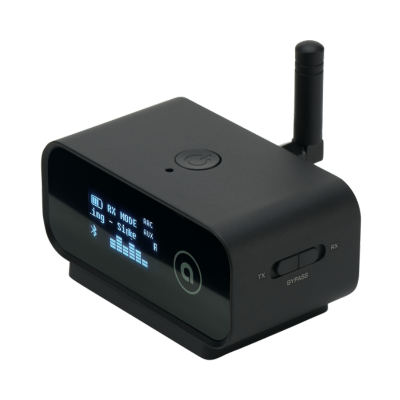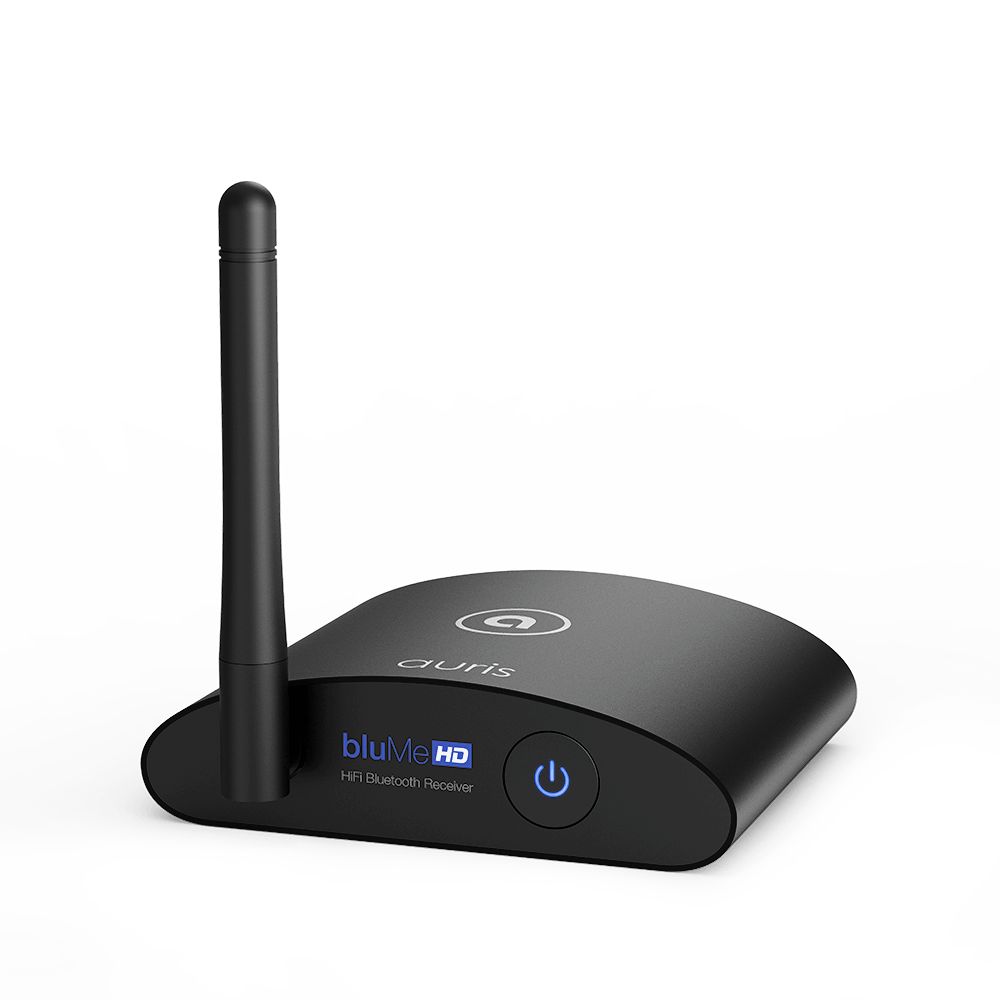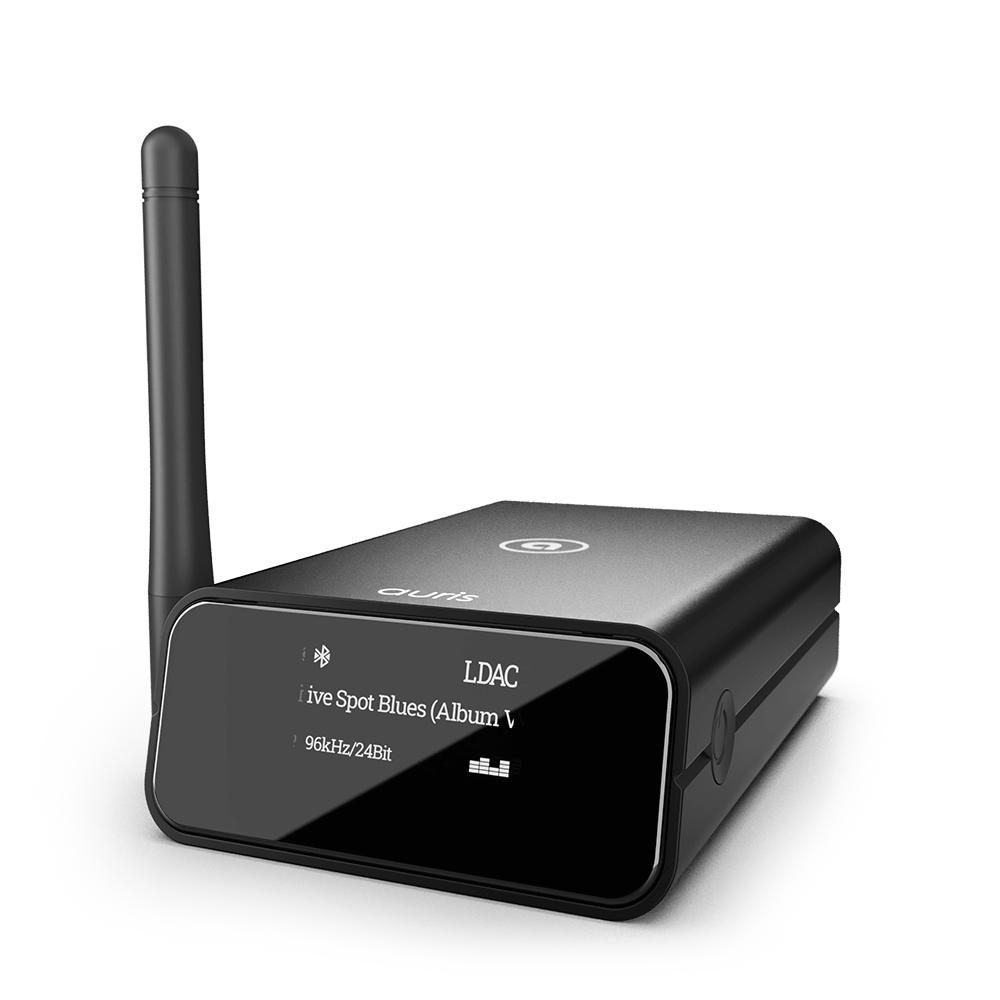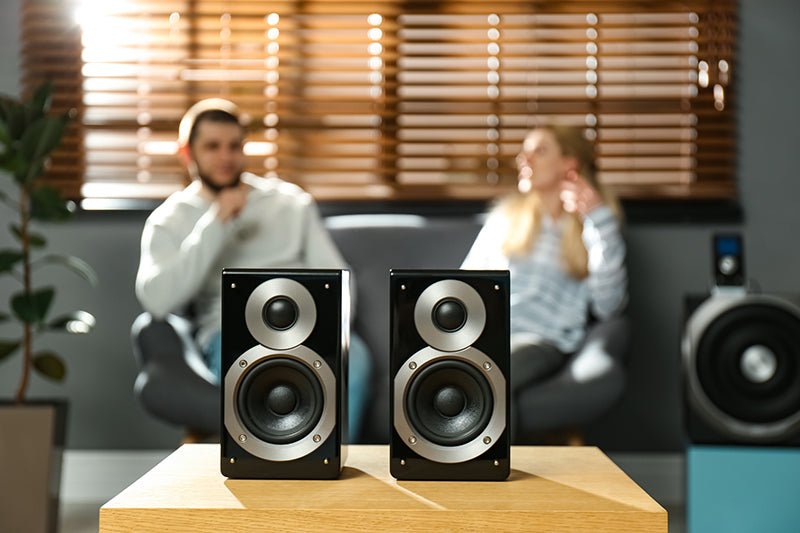
Bluetooth has changed the world for the better, giving us the ability to stream music and control devices from smartphones, laptops, and even watches. But it’s an evolving technology that continually adapts to new changes in the tech landscape.
While Bluetooth is currently in its 5th version, a lot has improved since the previous update in 2010. Let’s take a look at some of the biggest changes between Bluetooth 4.0 and 5.0 and see what this means for your smart devices.
Range
One of the most frustrating downfalls of Bluetooth used to be its range. It was almost impossible to stream music or control devices unless you were in the same room. This is because Bluetooth 4.0 only had a maximum range of about 200 feet (60m). This meant that you couldn’t stray too far from a master device into account walls and other obstacles.
However, in Bluetooth 5.0, this range has been multiplied by four, increasing the range to 800 maximum feet (240m). This has allowed manufacturers to utilize longer ranges in their products and make for more versatile usage of their tech.
Speed
Bluetooth 5.0 is now much faster than 4.0 because this new format has a bandwidth of two megabytes per second compared to the previous version's maximum speed of one megabyte per second. In short, this makes for speedy and reliable connectivity through the air, leading to faster firmware updates and data uploading.
Combined with high-quality codecs, latency issues are a thing of the past, especially when it comes to lip-syncing problems. It makes for a smooth audio/ visual experience, especially when compared to the older versions of Bluetooth.
Power Requirement
One of the major themes of Bluetooth 5 is that it has become much more efficient. Because it now utilizes Bluetooth low energy in all compatible devices. While this was introduced in version 4, it has been improved to use even less power and consume even less battery life.
This means that you can keep your Bluetooth switched on for a longer period of time without worrying about it draining your battery. Now you can listen to music through your favorite pair of Bluetooth headphones for even longer, especially when compared to Bluetooth 4.0.
The sound quality has not been improved between the latest version of Bluetooth and the newest. You’ll still need a high-fidelity headset or an amplifier to improve the sound of your audio.
Support for IoT Devices
With the growing demand for Wifi and other wireless tech, IoT compatibility is becoming more achievable. IoT stands for Internet of Things, basically referring to the concept of connecting any electronic device to the internet.
This is already shaping into a reality with the invention of smart light bulbs, refrigerators, coffee makers, and other appliances that can be controlled wirelessly through a network connection.
Because Bluetooth 5 has higher speeds and data transfer, it can propel the next generation of wireless services. It opens up more possibilities for companies to build an accessible and intertwined Internet of Things. In short, IoT devices will work well with Bluetooth 5 and utilize its features correctly.
More Efficient Broadcast Channels
Bluetooth now uses more efficient broadcasting channels, like the increasingly popular 2.4GHz band. This is the same wavelength that wifi uses, allowing for more connectionless beacon-based Bluetooth solutions.
Bluetooth beacons are rising in popularity. These are devices that can send a Bluetooth signal to surrounding devices within their range. It is often used in advertising, allowing a store, for example, to send you a small message or link if you walk by the storefront. Beacons cannot gain any information from your device, but you can receive information from the beacon.
Since Bluetooth 5.0 now incorporates a wider range and use of broadcast channels, beacons may have a broader usage. You may start to receive beacons inside of sports stadiums, concert venues, or other large spaces.
Larger Message Capacity
The newest update to Bluetooth ups the payload capacity of data packets. In Bluetooth 4.0, only about 31 bytes of information can be broadcast at once, compared to Bluetooth 5.0’s 255-byte capability. This makes for fewer transmissions and lower broadcast time.
Improved Frequency Hopping
When in a connection, Bluetooth uses adaptive frequency hopping, which is an algorithm that determines the radio channel to transmit and receive data. By changing the channel frequently, information is transmitted over a wide selection of channels, allowing Bluetooth to perform well in busy radio environments.
In Bluetooth 4.0, the channel selection algorithm only used 12 distinct sequences of channels, while all packets existed on the same channel. In short, this wasn’t optimal for certain applications, specifically audio.
However, in Bluetooth 5.0, this algorithm is pseudo-random, and the possible distinct sequences are extensive. This allows for minor delay and disconnection from a Bluetooth device, particularly in areas where many people might be utilizing the wireless connection.
What Devices are Compatible?
Now that Bluetooth 5.0 has been out for a few years, most devices are able to support it. As a rule of thumb, when a new update is released, typically, only flagship smartphones are fully compatible with the newest features until other tech companies are able to follow suit.
The Samsung Galaxy S8 was the first phone to work with the technology, but the iPhone 8 and iPhone X shortly followed suit. Now, pretty much every smartphone on the market uses Bluetooth 5.
The good news is that Bluetooth 5 is backward compatible with Bluetooth 4, 4.1, and 4.2. This means that if you get the newest iPhone and connect it to a Bluetooth 4.2 speaker, it will still function properly. Keep in mind that you will only experience the older version’s benefits, so you won’t get the increased range and speed associated with Bluetooth 5.
What’s New in 5.2?
Since the launch of Bluetooth 5.0, minor updates have been made to add a few new features. In January 2020, Bluetooth launched version 5.2, which implements something called LE Audio.
LE Audio includes a new high-quality audio codec called LC3, which gives developers a large amount of flexibility with better tradeoffs between attributes like audio quality and power consumption.
It provides improvements in audio quality over the traditional SBC codec, even at a 50% lower bit rate. This is great news for audiophiles and headphone developers alike, as key reinforcements are being added to Bluetooth’s most common usage: audio.
Takeaway
Bluetooth started as a minimal blueprint for being able to stream audio wirelessly. It has now evolved into a life-changing interface that allows for control of streaming, smart devices, and much more.
Key improvements to Bluetooth 5.0 include its increase in speed and range and larger packet capacity, and efficient use of broadcast channels. On top of that, its improved frequency hopping and battery performance have made it much more versatile and functional.
While most devices are now compatible with Bluetooth 5.0, keep in mind that devices operating on 4.0 will not be able to reap the benefits and features that version 5 has to offer.
As Bluetooth continues to update, it’s exciting to see what new features will arrive next. The introduction of LE audio in version 5.2 was a welcome addition, so it’ll be interesting to see what the future has in store.
Sources:





